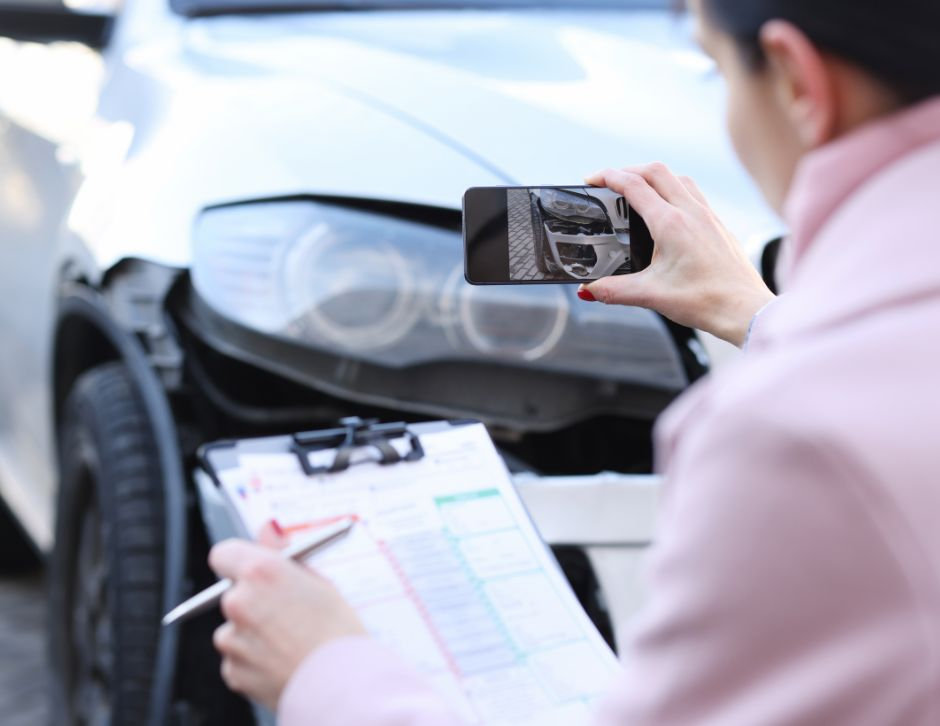Insurance Company Communication

Communicating effectively with your insurance company is crucial to mitigating premium increases after an accident. By following these strategies, you can minimize the financial impact on your insurance policy.
Negotiating with Adjusters
- Gather evidence to support your claim, such as photos, witness statements, and police reports.
- Be prepared to discuss the details of the accident clearly and accurately.
- Stay calm and respectful, even if negotiations become heated.
- Consider consulting with an attorney if you cannot reach a fair settlement.
Disputing Claims
- Review your policy carefully to understand your coverage and rights.
- Gather evidence to support your dispute, such as documentation from your doctor or repair shop.
- Submit a written dispute letter to your insurance company outlining your reasons for disagreeing with their decision.
- Be persistent and follow up regularly on the status of your dispute.
Obtaining Documentation
- Request a copy of the accident report from the police or DMV.
- Collect medical records and bills related to your injuries.
- Obtain estimates or invoices for vehicle repairs or property damage.
- Keep all documentation organized and easily accessible.
Driving Record Improvement
Maintaining a clean driving record is paramount after an accident to prevent insurance rate increases. It demonstrates to insurance companies that you’re a responsible driver and reduces the risk of future accidents.
Obtaining Driving Records
Request a copy of your driving record from your state’s Department of Motor Vehicles (DMV) or online services. Review it thoroughly for any inaccuracies or errors, such as incorrect traffic violations or dismissed charges.
Defensive Driving Courses
Consider completing defensive driving courses, which teach accident avoidance techniques and defensive driving strategies. Many insurance companies offer discounts for drivers who complete these courses.
Traffic School
Attending traffic school may be required after receiving a traffic citation. It provides an opportunity to learn from experienced instructors and improve your driving skills, potentially leading to reduced insurance premiums.
Vehicle Maintenance and Safety Features
Maintaining your vehicle in good condition and equipping it with safety features can significantly impact your insurance premiums. A well-maintained car is less likely to be involved in an accident, which can result in lower premiums. Additionally, safety features like airbags, anti-lock brakes, and lane departure warnings can help reduce the severity of accidents and lower insurance costs.
Vehicle Maintenance
Regular maintenance tasks like oil changes, tire rotations, and brake inspections can help prevent costly repairs and breakdowns. By addressing potential issues early on, you can reduce the likelihood of accidents and keep your vehicle running smoothly.
Safety Features
Installing safety features in your vehicle can also help lower your insurance premiums. These features can include:
- Airbags
- Anti-lock brakes (ABS)
- Lane departure warnings
- Forward collision warnings
- Adaptive cruise control
Insurance companies often offer discounts for vehicles equipped with these features, as they can help prevent accidents and reduce the severity of those that do occur.
Insurance Policy Review
Regularly reviewing your insurance policies is essential for maintaining adequate coverage and avoiding unnecessary expenses. Understanding the coverage limits and deductibles specified in your policy is crucial. Coverage limits determine the maximum amount your insurance company will pay for covered expenses, while deductibles represent the amount you pay out of pocket before your insurance coverage kicks in.
Negotiating Lower Premiums
By carefully reviewing your policy, you may identify opportunities to negotiate lower premiums. Consider the following tips:
– Increase your deductible: Raising your deductible can reduce your monthly premiums. However, ensure you can comfortably afford the higher out-of-pocket expenses in case of an accident.
– Bundle policies: Combining multiple insurance policies, such as auto and homeowners insurance, with the same company can often result in premium discounts.
– Install safety features: Adding anti-theft devices or driver assistance systems to your vehicle can demonstrate a lower risk profile, potentially leading to reduced premiums.
Insurance Shopping and Comparison
Shopping for insurance from multiple providers can help you find the best coverage options and save money. By comparing quotes and exploring different policies, you can make informed decisions about your insurance needs.
Compare Insurance Quotes
– Use online comparison tools to get quotes from several insurance companies.
– Provide accurate information about your driving history, vehicle, and coverage requirements.
– Compare quotes side-by-side, considering factors like coverage limits, deductibles, and premiums.
Identify Best Coverage Options
– Determine the coverage you need based on your individual circumstances and risk tolerance.
– Consider factors like liability limits, collision coverage, comprehensive coverage, and uninsured/underinsured motorist coverage.
– Read the policy carefully to understand the terms, conditions, and exclusions.
Insurance Brokers
– Insurance brokers represent multiple insurance companies and can help you find affordable policies.
– They have access to a wider range of options and can provide personalized recommendations.
– Brokers can negotiate on your behalf to secure the best rates and coverage.






